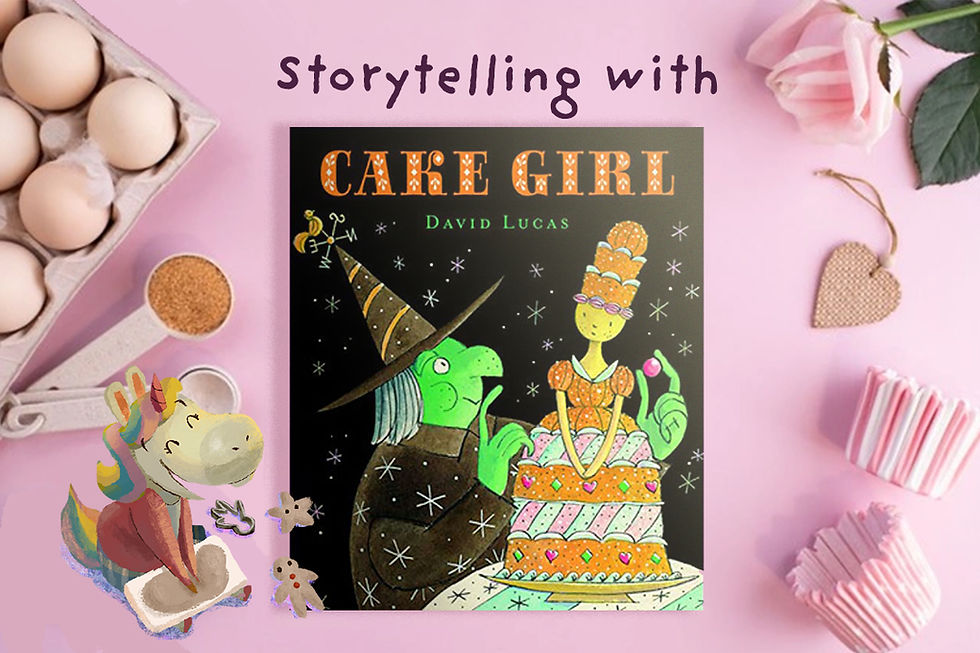Storytelling with Kids of Different Ages
- Me Books Community
- May 2, 2019
- 3 min read
Updated: Jan 17, 2020
Storytelling is perhaps one of the most powerful ways human beings convey a lasting message: from the beginning of the story’s settings to the characters, right until the end of the book.

Imagine sitting down with your little ones for a storytelling session not knowing how to start. You are an open book just like the storybook cover you’re about to turn. Even if you haven’t started, these tips will prepare you for storytelling moments and your little ones will be budding raconteurs in no time.
Babies and toddlers (0-3 years)
It’s never too early to start ‘em young! Newborns have limited colour perception and up to four months old, they can only see the colours black, white and gray.

Black and white books with bold patterns and simple lines or shapes are great to develop your baby’s eyesight and help them focus. A fun way to do storytelling would be to take their cute little hands and gently trace the various shapes you see waves, zigzags, spirals...well, literally anything that stands out!
For toddlers, sturdy board books with different textures or pull out tabs make the difference between a good storytelling session and a great one. At this stage, children are not only be able to perceive colours and words, but are able to mimic your narrations and sounds.
Think of them as imaginative sponges who love learning new things. Start off by highlighting every word with a different tone of voice. Even better, try out funny sounds and noises together. Get them to repeat the sentences and even think of actions or sounds effects - in time, they will be the ones doing the storytelling!
Preschoolers (4-6 years)
Children at this age are inquisitive thinkers! Books with brilliant illustrations and meaningful values can elevate a child’s creativity and are great as table topics. Less is more with this crowd, so use simple words to describe complex terms like gravity or electricity using everyday relatable objects.

Songs are a great way to catch their attention, and maintaining eye contact is a foolproof way to retain visual connection. By using props, you can give meaning to a particular character or scene.
With an emphasis on collaborative storytelling, we are able to build verbal confidence in children and give them a chance to ask questions during storytelling.
Young Readers (7-9 years)

Graduating from the preschool years, these young readers are highly independent, with the ability to read books on their own. But fret not — they are more inclined to hear what the storyteller has to say instead of how the story is being told (without all its’ bells and whistles).
Compelling stories that have a takeaway message or concrete moral value can be incorporated to give them room to reflect.
With this age group, you can encourage post-storytelling discussions on a higher level about the plot of the story, their opinions about characters of the story, or even, get them to retell their interpretation of the story in their very own way!
A Story To Tell
We hope that these tips are helpful for parents and educators to instil the love for reading and to empower kids to have strong communication skills, a budding creativity to imagine beyond the possibilities and a love for language and stories that they will cherish for life.
Sources:
1. http://scottishbooktrust.com/blog/bookbug/2017/01/why-black-and-white-books-are-perfect-for-babies




Comments